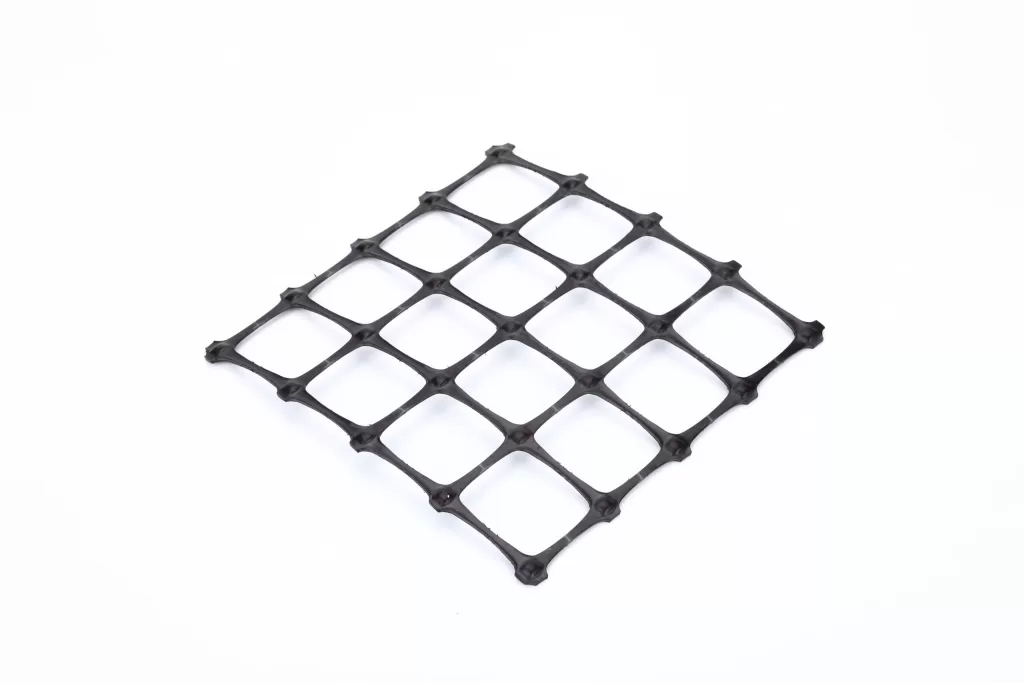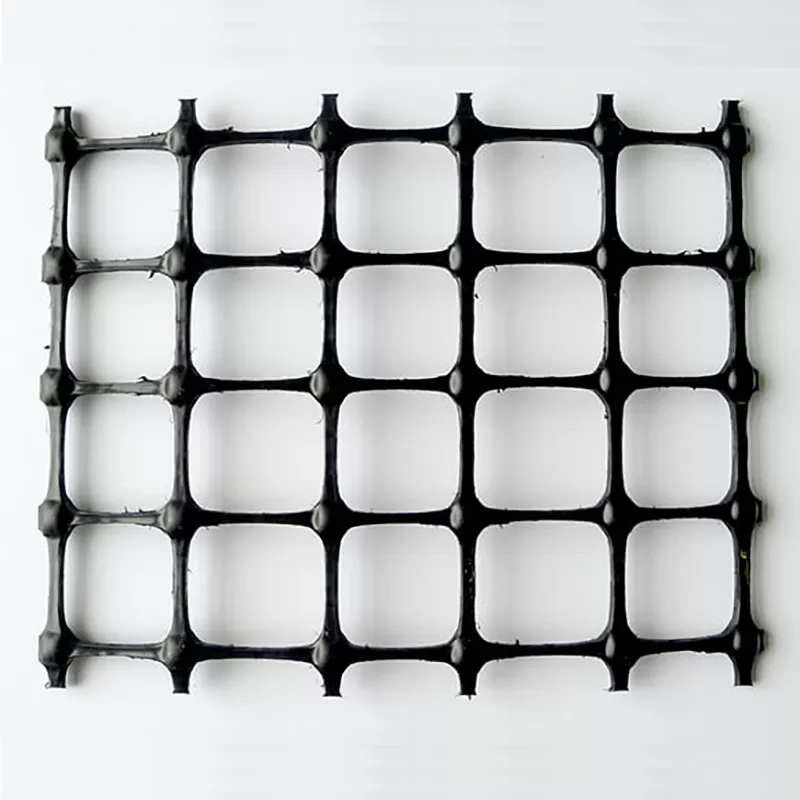Enhancing Slope Stability with Gravel Grids and Geogrid Technology
Gravel grids and geogrids are vital tools in modern engineering for improving the stability and longevity of slopes. They are essential in various construction projects, from driveways to large-scale infrastructure, ensuring that slopes are secure and less prone to erosion or collapse. This article explores how gravel grids and geogrids work together to stabilize slopes, providing detailed answers to common questions regarding their application and effectiveness.
Can you use gravel grids on a slope?
Yes, gravel grids can be used on slopes effectively. Gravel grids are designed to hold aggregate materials, like gravel, in place, preventing them from shifting or eroding due to gravity or water flow. When used on slopes, they create a stable, permeable surface that can handle heavy loads and resist erosion. The grid structure locks the gravel in place, distributing weight evenly and providing traction, making it ideal for sloped surfaces like driveways, pathways, or embankments.

Where do you put a geogrid?
A geogrid is typically placed beneath the surface material, such as gravel or soil, to reinforce the ground and distribute loads. On a slope, the geogrid is installed in layers within the soil to stabilize the slope by providing tensile strength. This reinforcement prevents soil movement and erosion, making it particularly useful in areas with steep gradients or where the soil may be prone to slipping. The geogrid can be used in conjunction with gravel grids to create a robust, reinforced surface that is both stable and durable.
What is the effect of geogrid inclusion on slope stability?
The inclusion of geogrid significantly enhances slope stability. Geogrids work by interlocking with the surrounding soil or aggregate material, providing additional tensile strength that helps resist the forces that cause soil movement or erosion. This reinforcement stabilizes the slope, reducing the risk of landslides, erosion, or collapse. By improving the shear resistance of the soil, geogrids can greatly extend the life and safety of sloped areas, making them a critical component in slope stabilization projects.
Below are our recommendations when filling the geogrids:
- Use the appropriate aggregate size: Ensure that the gravel or fill material used within the geogrids is of the correct size. Too fine or too large particles can reduce the effectiveness of the grid system.
- Compact the fill material: Proper compaction of the fill material is crucial to ensure that the geogrids function effectively. This helps in achieving maximum interlock between the grid and the material, providing enhanced stability.
- Layer the materials appropriately: When using geogrids on a slope, layering is important. Each layer should be filled and compacted before placing the next, ensuring a strong, stable structure.
- Consider drainage: Proper drainage is essential to prevent water buildup, which can weaken the slope. Ensure that the geogrid system includes adequate drainage solutions to channel water away from the slope.
Using gravel grids and geogrids on slopes is a highly effective way to enhance stability and prevent erosion. Gravel grids provide a stable surface for aggregate materials, while geogrids reinforce the soil, improving its shear strength and preventing movement. By following the recommended practices when filling geogrids, you can ensure that your slope stabilization project is successful, durable, and safe. Whether for residential driveways or large-scale infrastructure, these materials play a crucial role in maintaining the integrity of sloped surfaces.



Comments
Post a Comment